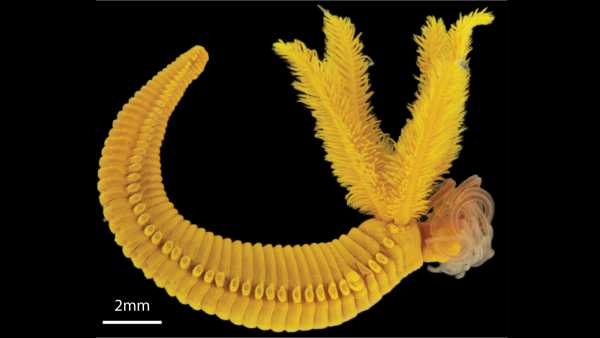
The worm Paralvinella hessleri is bright yellow due to the accumulation of arsenic in its skin cells, where the toxin reacts with sulfide from vent fluids to form orpiment, an orange-yellow pigment. (Image credit: Wang H, et al., 2025, PLOS Biology, CC-BY 4.0 (https://creativecommons.org/licenses/by/4.0/)) SUMMARY
Name: Paralvinella hessleri
Habitat: Pacific Ocean
What it eats: bacteria and organic debris around hydrothermal vents.
Deep-sea creatures are uniquely adapted to life in extreme conditions, and the worm Paralvinella hessleri is no exception. Moreover, it can survive in high concentrations of toxic chemicals, such as arsenic, by producing its own venom.
Found only in the hottest hydrothermal vents of the western Pacific Ocean, including the Okinawa Trench and the Mariana Back-arc Trench, these worms reach a length of approximately 22 millimeters and live in protective tubes attached to the vents. Remarkably, P. hessleri is the only known animal capable of colonizing and reproducing in the acidic, metal-rich zones of these vents, where temperatures can reach approximately 320 degrees Celsius.
You may like
-
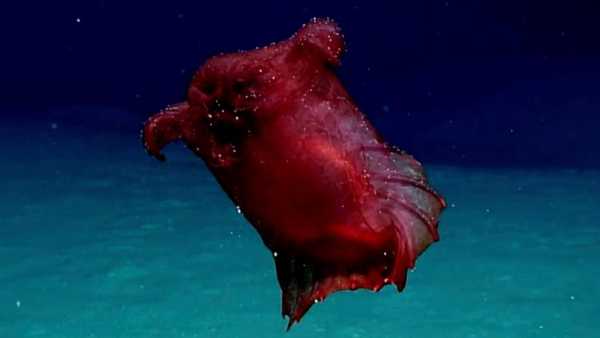
The Headless Chicken Monster: A deep-sea sea cucumber with tube-like legs for eating sediment
-
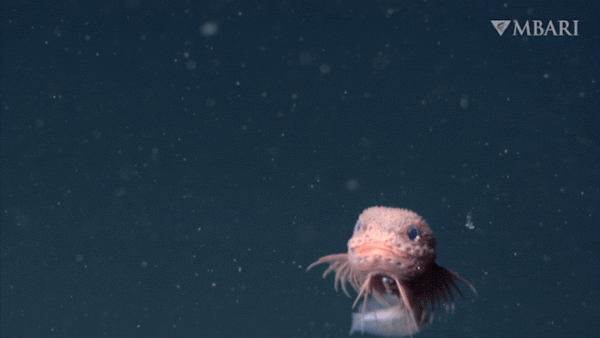
A never-before-seen, adorable pink, knobby snailfish with a funny little beard has been captured in a deep canyon off the coast of California.
-

A Chinese submersible is exploring previously unknown giant craters on the Pacific Ocean floor – and they're teeming with life.
These worms possess an unusual survival trick that allows them to withstand high concentrations of toxic arsenic and sulfide found in hydrothermal vents. In humans, arsenic exposure is linked to serious health problems, including cancer and neurological disorders. However, P. hessleri turns this danger into protection: it accumulates arsenic in its skin cells, where the toxin reacts with sulfide from the hydrothermal vents to form orpiment—a less harmful, but still toxic, mineral.
This vibrant yellow-orange substance, once known as “royal yellow,” was historically used by artists as a pigment until its toxicity was discovered. P. hessleri, which gets its yellow-orange hue from orpiment crystals, can accumulate so much arsenic that it constitutes nearly 1% of the worm's body weight.
RELATED STORIES
— First-of-its-kind footage of bizarre sea creatures living at extreme ocean depths.
— At a depth of 4.7 miles in the Japan Trench, strange spiral burrows and other unexpected structures have been discovered.
— Ghostly white giant worms appear to breed beneath the seafloor where tectonic plates meet.
In a 2025 paper published in the journal PLOS Biology, the researchers who discovered the worms' survival strategy described the process as “fighting poison with poison.”
Commenting on the discovery, study co-author Hao Wang, a researcher at the Institute of Oceanology, Chinese Academy of Sciences, said he was “stunned” when he first saw the worms using a remotely operated vehicle.
“The bright yellow Paralvinella hessleri worms were unlike anything I'd ever seen, standing out vividly against the white biofilm and dark landscape of the hydrothermal vent,” he said in a statement. “It was hard to believe any animal could survive, let alone thrive, in such an extreme and toxic environment.”
TOPICS: Amazing Animals

Lydia Smith, Social Media Navigator, Science Writer
Lydia Smith is a health and science journalist who has worked for British and American publications. She is studying for a Master's degree in Psychology at the University of Glasgow and holds an MA in English Literature from King's College London.
You must verify your public display name before commenting.
Please log out and log back in. You will then be asked to enter a display name.
Exit Read more
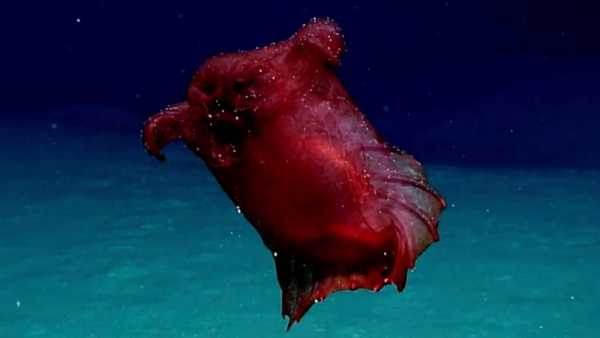
The Headless Chicken Monster: A deep-sea sea cucumber with tube-like legs for eating sediment
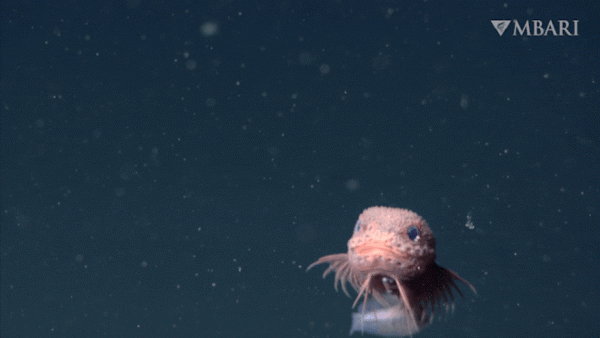
A never-before-seen, adorable pink, knobby snailfish with a funny little beard has been captured in a deep canyon off the coast of California.
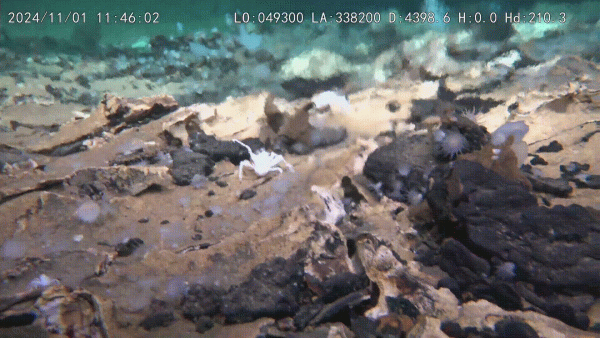
A Chinese submersible is exploring previously unknown giant craters on the Pacific Ocean floor – and they're teeming with life.
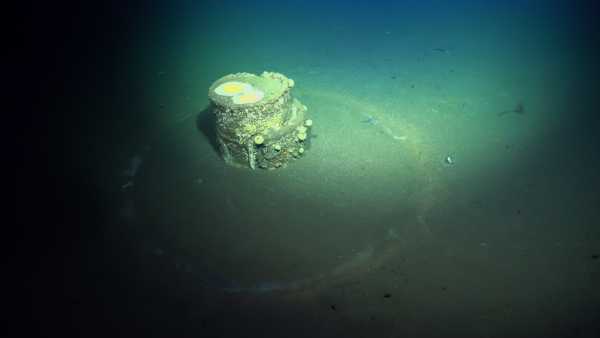
Scientists have finally discovered what's inside the mysterious “halo” barrels sunk off the coast of Los Angeles.
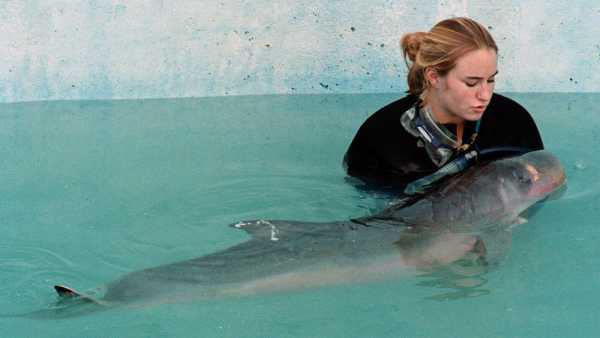
Pygmy sperm whale: 'Pint-sized whales' that spew gallons of intestinal fluid when attacked
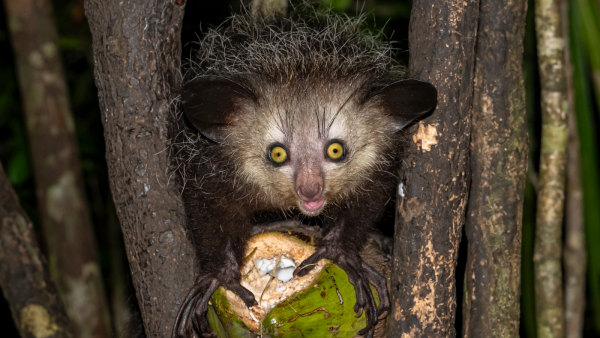
Aye-ayes: Strange nocturnal lemurs with long, creepy toes
Latest animal news
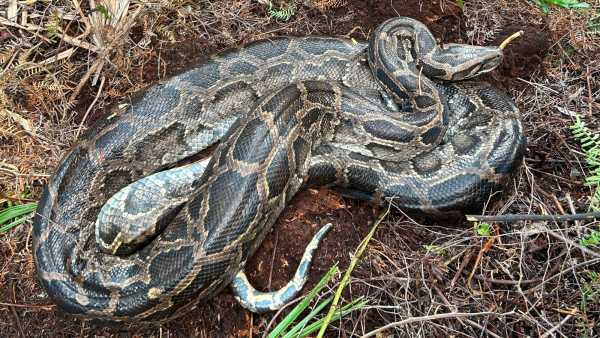
A cold snap in Florida caused a Burmese python to vomit up an entire deer.

A jaguar in Brazil has broken the record for the longest swim of its kind.
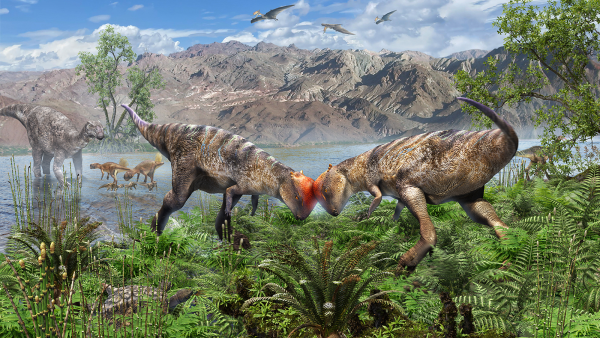
The oldest known dinosaur with a domed head has been discovered protruding from a rock in Mongolia's Gobi Desert.
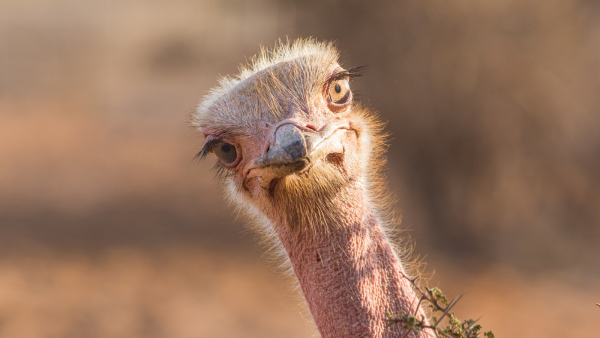
A 'rare' ancestor reveals how giant flightless birds reached distant lands.
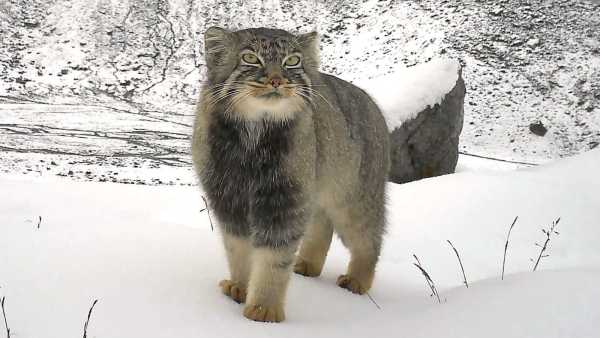
A grumpy Pallas's cat has been captured in a stunning camera trap photo from the Eastern Himalayas.
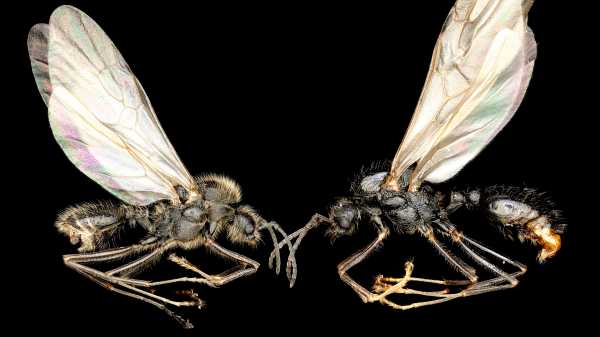
'Almost like science fiction': European ant is the first known animal to clone members of another species.
Latest features
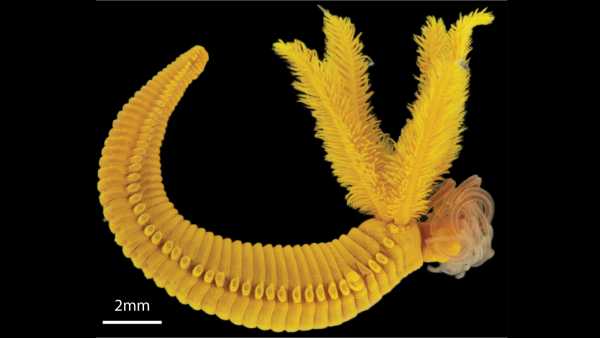
Paralvinella hessleri: A yellow worm that lives in acid and fights poison with venom.

Why does Pluto have such a strange orbit?

What happened to the asteroid that killed the dinosaurs?

Fly among 44 million stars in the latest 3D map of our galaxy from the Gaia telescope – Space Photo of the Week
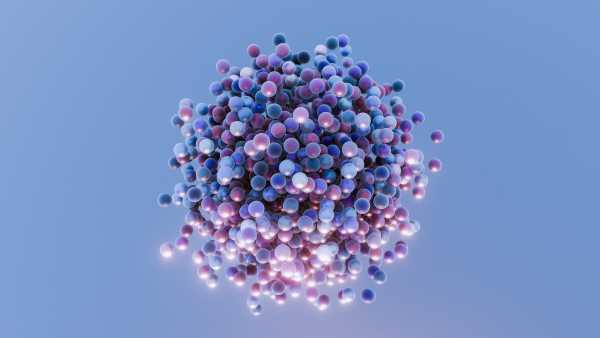
What are “magic numbers” in nuclear physics?

“It's like trying to see fog in the dark”: How strange pulses of energy are helping scientists map the universe.
LATEST ARTICLES

A quantum internet is getting closer thanks to a new chip that helps transmit quantum signals over real fiber optic cables.
Live Science magazine is part of Future US Inc., an international media group and leading digital publisher. Visit our corporate website.
- About Us
- Contact Future experts
- Terms and Conditions
- Privacy Policy
- Cookie Policy
- Accessibility Statement
- Advertise with us
- Web notifications
- Career
- Editorial standards
- How to present history to us
© Future US, Inc. Full 7th Floor, 130 West 42nd Street, New York, NY 10036.
var dfp_config = { “site_platform”: “vanilla”, “keywords”: “type-regular,serversidehawk,videoarticle,van-enable-adviser-
Sourse: www.livescience.com





